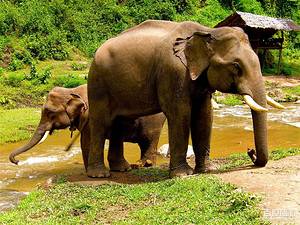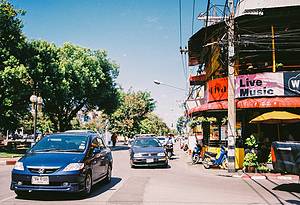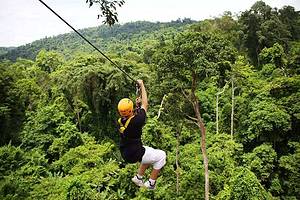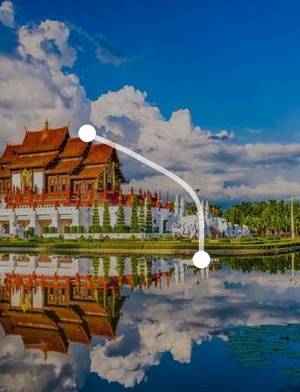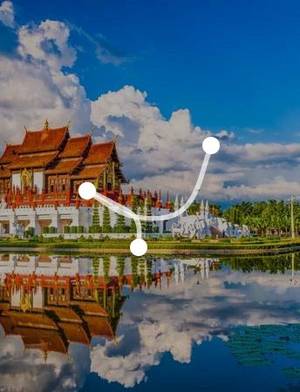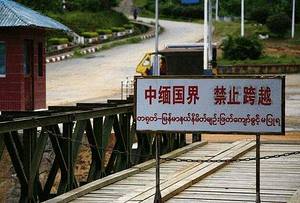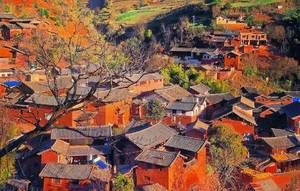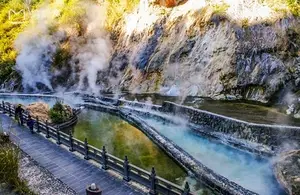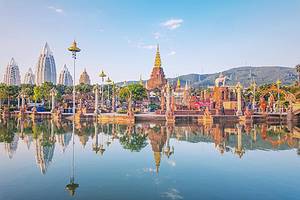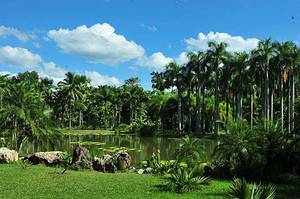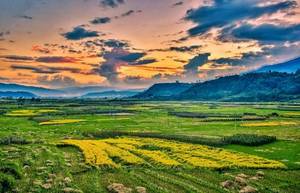Sulamani Temple, A Gem of History with Vibrant Murals
Sulamani Temple, Anawratha Road, Wetkyi In, Nyaung U Township, Nyaung U District, Mandalay, 100500, Myanmar
4.4
Introduction
Sulamani Temple is one of the highly esteemed temple attractions in the Bagan region, located less than 200 meters northeast of the Dhammayangyi Temple. It was built by King Narapatisithu in 1183, radiating the magic of its name, "Gem on a Crown" or "Small Ruby". According to historical records, Narapatisithu saw a shimmering red ruby in a depression when he ascended to the throne and believed it to be a sign from Buddha, so he built Sulamani Temple here. This two-story temple combines intricate stucco carvings and small towers, making it one of the representative works of late Bagan architecture.
The two-level platform of Sulamani Temple is square-shaped, and small stupas symbolizing holy relics are built in the corners, representing reverence for Buddhism. In addition, the four porticos of the temple exhibit half-relief small Buddhist towers and lintels, and the flame and triangle patterns are also used on the pillars. The artistic style is also Indian in character. Inside the temple, a large number of well-preserved murals can be seen, depicting the history of Myanmar's ancient caste system, clothing, national customs, and social activities in vivid colors, earning it the reputation as one of the most beautiful pagodas in Bagan. The murals reveal the origin of Buddhism and how it spread and evolved in Myanmar, as well as various Buddhist ritual activities, such as dragon boating, etc. Although scholars believe that the murals were probably painted by later generations, they are still worth appreciating. Nowadays, visitors are only allowed to visit the ground level and cannot climb to the second level. UNESCO is responsible for protecting this historic cultural heritage. Address Sulamani Temple, Anawratha Road, Wetkyi In, Nyaung U Township, Nyaung U District, Mandalay, 100500, Myanmar
